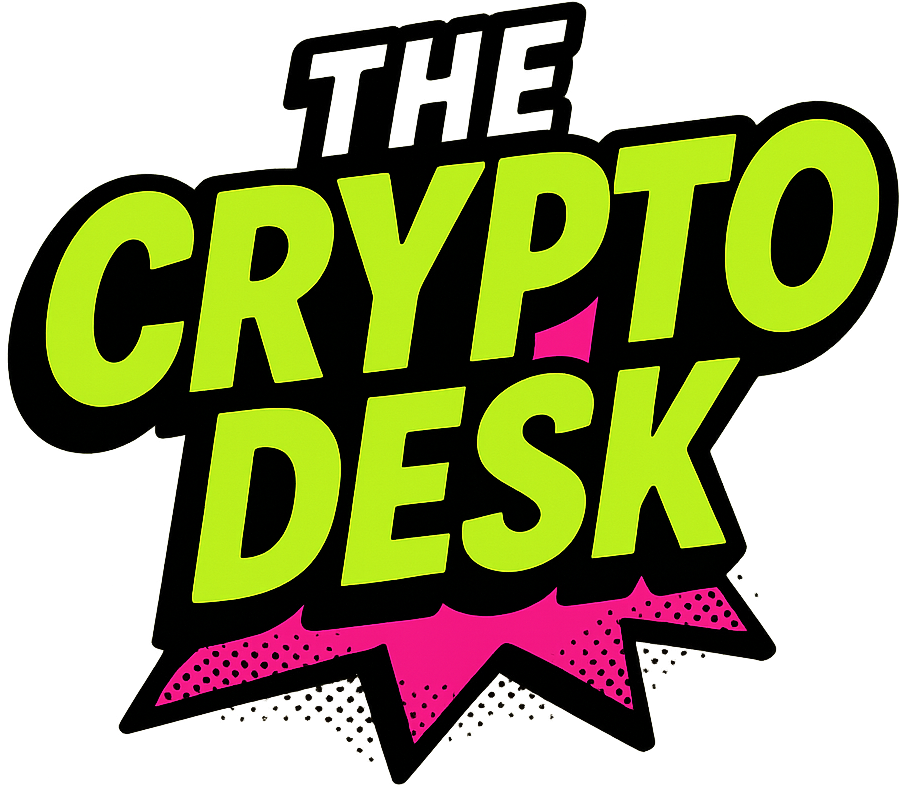Unlocking the Future of Finance: Asset Tokenization in DeFi
In a world where traditional finance often feels cumbersome and monopolized by intermediaries, the emergence of decentralized finance (DeFi) offers a breath of fresh air. Imagine a financial ecosystem where you can turn real-world assets like art pieces, real estate, and even stocks into digital tokens—accessible, tradable, and democratized. This revolutionary transformation hinges on a key concept: asset tokenization. In this article, we will delve into how asset tokenization works, its advantages, and the different types of tokens you’ll encounter in the DeFi space. Prepare to discover a new horizon in asset management!
What Is Asset Tokenization?
At its core, asset tokenization within the DeFi landscape refers to the process of converting tangible or intangible assets into digital tokens on a blockchain. This process facilitates the representation of assets such as real estate, bonds, art, and more, providing a modern twist to ownership. The true brilliance of asset tokenization lies in its versatility—whether it’s a million-dollar skyscraper, an exquisite painting, or a piece of intellectual property, virtually any asset can be transformed into a digital token. Take, for example, the innovative platform 8lends by Swiss company Maclear, which allows users to leverage tokenized assets for loans.
The Tokenization Journey: How It Works
Embarking on the journey of asset tokenization involves several crucial steps. Let’s break them down:
- Step 1: Selecting an Asset
Start by choosing an asset to tokenize. This could range from fine art to stocks or even fiat currencies. Establishing a legal framework and valuing the asset is essential at this stage. - Step 2: Verification and Custodial Solutions
Accurate valuation is crucial. Imagine tokenizing a property valued at $5 million; determining the right number of tokens to create hinges on verifying this valuation through decentralized solutions or custodians. - Step 3: Crafting Tokens with Smart Contracts
After valuation, developers use smart contracts to create digital tokens that represent ownership fractions of the asset. These self-executing contracts automate processes, guaranteeing efficiency and transparency. - Step 4: Initial Token Offering (ITO)
This step introduces tokens to potential investors, allowing them to purchase and hold tokens as proof of ownership of the fractionalized asset. - Step 5: Trading and Utilizing Tokens
Once purchased, token holders can trade these assets on various exchanges or utilize them within DeFi systems for diverse applications.
Why This Matters: The Significance of Asset Tokenization
Asset tokenization is not just a financial gimmick; it represents a paradigm shift in how we perceive ownership and investment. Here’s why it’s significant:
- Democratization of Investments: Tokenization enables individuals to invest in high-value assets without needing substantial capital. Imagine owning a fraction of a luxury property or a rare artwork!
- Reduction of Barriers: The traditional barriers of time, cost, and complexity associated with asset trading are dismantled. This opens up opportunities for a wider array of investors.
- Faster Transactions: With tokenization, transactions are streamlined, reducing delays and enhancing overall market efficiency.
Benefits of Asset Tokenization in DeFi
So what makes asset tokenization within decentralized finance a game-changer? Here are several compelling benefits:
- Lower Transaction Costs: By eliminating intermediaries such as banks and brokers, DeFi minimizes fees associated with asset transactions, resulting in savings for investors.
- Fractionality: Tokenization allows investors to purchase smaller portions of assets, enabling more people to participate in lucrative markets that were previously out of reach.
- Ease of Access: Digital assets can be bought and sold in a matter of minutes from anywhere in the world, granting users unprecedented flexibility.
- Enhanced Security: Blockchain’s tamper-proof nature ensures that all transactions are secure and audited, drastically minimizing the risk of fraud.
Exploring Common Token Types in DeFi
When engaging in the world of asset tokenization, you’ll encounter various types of tokens, each serving unique purposes. Here are the most prevalent:
- Utility Tokens: These tokens grant holders access to specific services within a DeFi ecosystem. They often emerge during initial token offerings (ICOs), giving users benefits like discounted fees or special access.
- Stablecoins: Designed to minimize price volatility, stablecoins are pegged to stable assets like fiat currencies or commodities. They play a vital role in providing liquidity and facilitating transactions on DeFi platforms.
- Security Tokens: Representing ownership or rights to real-world assets, security tokens bridge traditional investment frameworks and digital assets, ensuring compliance with regulatory standards.
- Non-Fungible Tokens (NFTs): Unique digital assets that signify ownership of specific items, NFTs have exploded in popularity, particularly in art and collectibles.
Expert Insights: Voices from the Field
Industry experts view the rise of asset tokenization as a pivotal moment in finance. A prominent cryptoeconomist remarks, “The ability to tokenize assets empowers individuals and democratizes investment opportunities previously reserved for the elite.” As institutional interest in DeFi continues to grow, tokenization could redefine the landscape of investment and ownership.
Looking Ahead: The Future of Tokenization in Finance
The future of asset tokenization in DeFi is both bright and ripe with opportunity. As blockchain technology continues to evolve and become integrated into various sectors, we can anticipate:
- Broader Adoption: More financial institutions and individuals are likely to embrace tokenization, leading to a broader acceptance of decentralized finance.
- Innovative Solutions: The ingenuity of startups in the DeFi space will continue to emerge, creating more user-friendly platforms for asset management.
- Regulatory Developments: As this technology grows, governments will likely develop regulations that will help legitimize the sector, ensuring protection for investors.
Conclusion: Join the Revolution!
Understanding asset tokenization in DeFi is essential for anyone looking to navigate the future of finance. This innovative model makes ownership, investment, and transactions more accessible, efficient, and secure. Whether you’re a seasoned investor or a curious explorer, the world of tokenized assets beckons. Explore platforms like 8lends to witness firsthand how tokenization can shape tomorrow’s financial landscape. The revolution is underway—will you take part?

